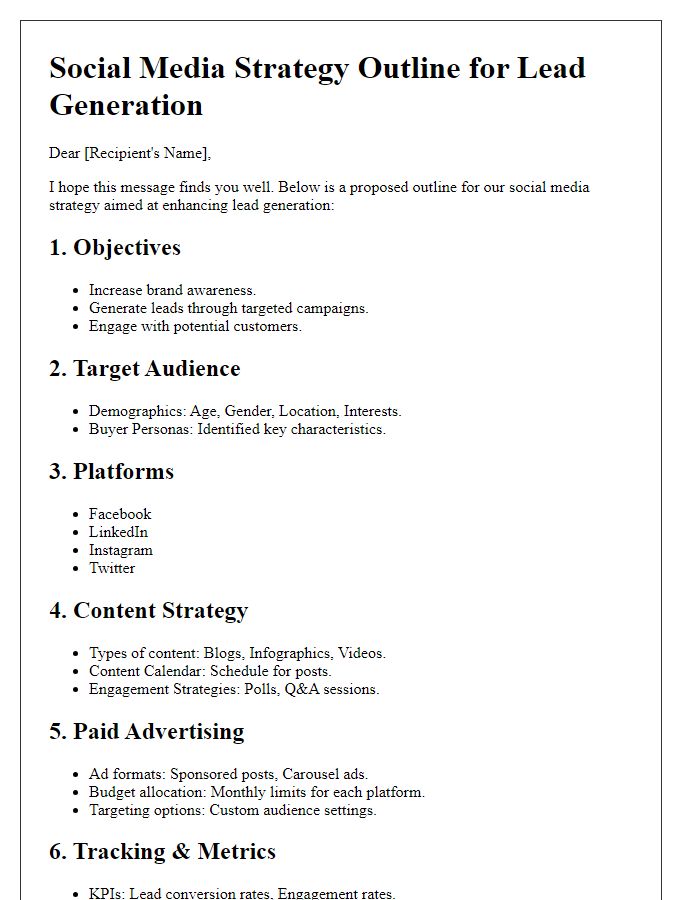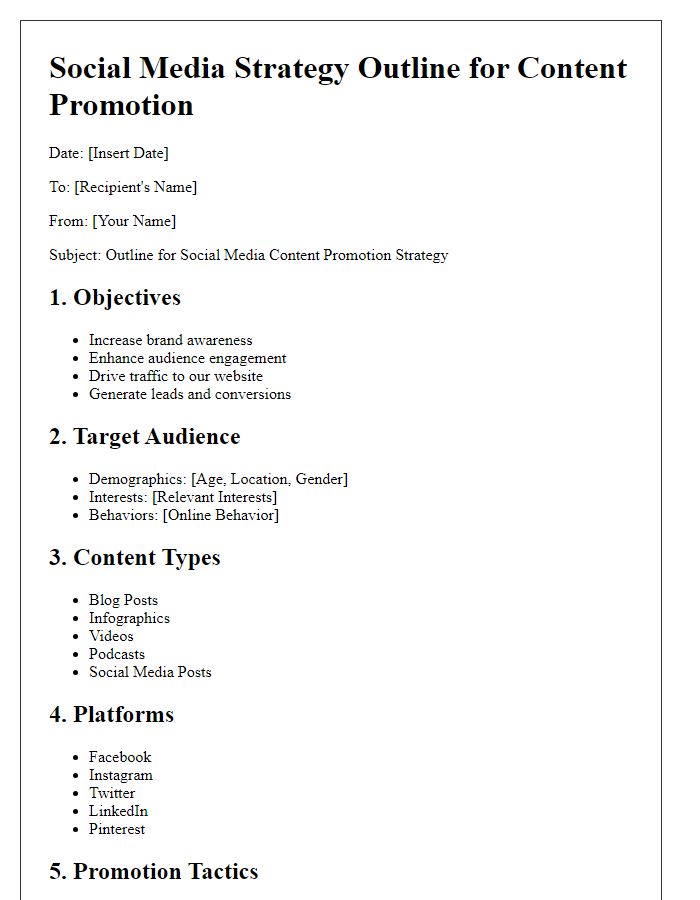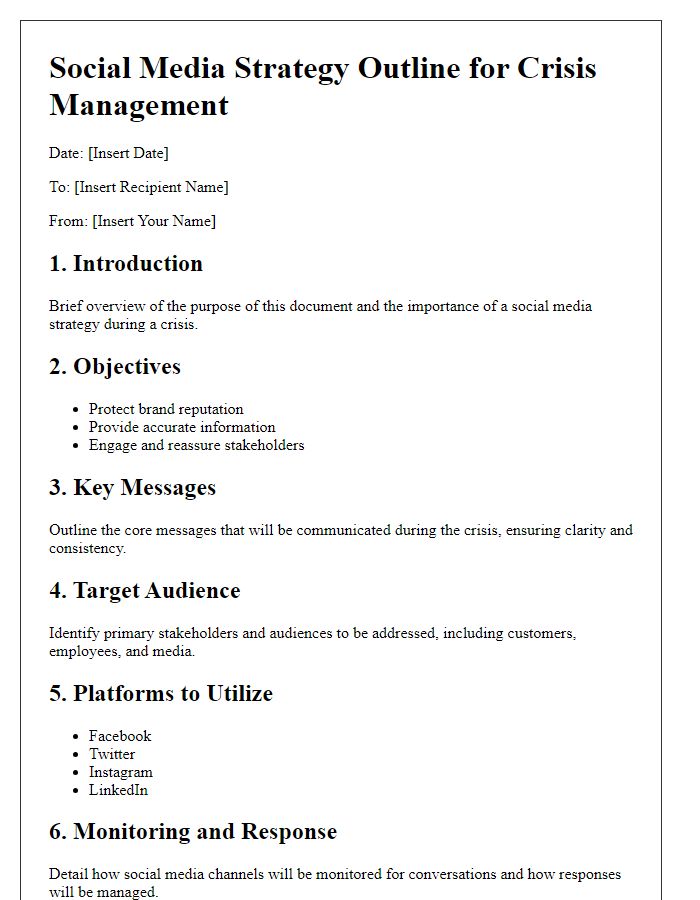Are you ready to revamp your social media presence? Crafting a solid social media strategy is essential for engaging your audience and achieving your business goals. In this article, we'll break down a simple template that you can customize to suit your needs and provide tips on leveraging various platforms effectively. Join us as we explore the steps to elevate your social media game and invite you to read more for valuable insights!

Audience Analysis
Audience analysis is essential for crafting effective social media strategies, focusing on key demographic attributes such as age, gender, location, and interests. Understanding the target audience, which could comprise Millennials aged 25-40 who are located in urban areas like New York City, enables tailored content creation. Engagement metrics reveal preferences for platforms like Instagram and TikTok, with peak activity times coinciding with evenings and weekends. Additionally, analyzing psychographics, including lifestyle choices and values, helps in forming personalized messaging that resonates with audiences. Effectively identifying and analyzing these segments drives targeted campaigns, ultimately fostering brand loyalty and increasing conversion rates.
Content Strategy
Content strategy involves planning, development, and management of content to achieve specific business goals. This strategy must consider target audiences, such as millennials or Gen Z, and their preferred platforms like Instagram or TikTok. It encompasses diverse content types including blogs, videos, infographics, and social media posts, each tailored to engage users effectively. Key metrics, such as engagement rates and conversion rates, are essential for measuring content performance. Regular updates and revisions based on analytics ensure content remains relevant and impactful. Additionally, integrating user-generated content (UGC) enhances authenticity and fosters community, making brands appear more relatable. Employing a voice and tone appropriate to the brand identity, whether professional or casual, is crucial for consistent messaging across channels.
Platform Selection
Choosing the right platforms for a social media strategy is crucial for reaching target audiences effectively. Popular platforms such as Facebook, with over 2.9 billion monthly active users, offer diverse demographics, making it an ideal choice for brands aiming for broad reach. Instagram, known for its visual content, attracts younger audiences aged 18 to 34, ideal for lifestyle and fashion brands. Twitter, featuring real-time conversation capabilities, is perfect for timely updates and customer engagement. LinkedIn, with its professional focus, is effective for B2B marketing, attracting industry professionals and decision-makers. TikTok, rapidly gaining popularity among Gen Z, allows creative short-form videos, fitting for brands looking to capture attention quickly. Each platform presents unique opportunities and challenges, necessitating careful analysis based on target audience, content type, and business goals.
Engagement Tactics
Engagement tactics play a crucial role in enhancing interaction and building community on social media platforms such as Facebook, Instagram, and Twitter. Tactics like live Q&A sessions can significantly increase follower involvement, providing real-time responses to audience queries. Contests and giveaways, often leveraging hashtags, create excitement and encourage sharing, effectively broadening audience reach. Polls and surveys invite opinion, allowing brands to understand preferences while boosting engagement rates. User-generated content campaigns inspire followers to share their experiences and stories, nurtured by featuring their posts on official brand channels, promoting a sense of belonging. Consistent and authentic interactions with followers through comments, direct messages, and mentions humanize the brand, fostering loyalty and trust over time.
Performance Metrics
Performance metrics serve as crucial indicators in evaluating the effectiveness of a social media strategy. Metrics such as engagement rate (number of likes, comments, shares per post) help assess audience interaction with content across platforms like Instagram, Facebook, and Twitter. Reach metrics indicate how many unique users have encountered the content, with ideal reach often exceeding 1,000 users for niche markets. Conversion rate measures the percentage of users who take desired actions, like visiting a website or making a purchase, providing insight into return on investment (ROI) for campaigns. Furthermore, follower growth rate tracks increases in audience size, indicating the strategy's effectiveness over time. Monitoring these metrics enables brands to refine their approach, understand audience preferences, and optimize content for better performance.
Letter Template For Social Media Strategy Outline Samples
Letter template of social media strategy outline for audience engagement.

Letter template of social media strategy outline for community building.

Letter template of social media strategy outline for customer service enhancement.

Letter template of social media strategy outline for influencer partnerships.










Comments